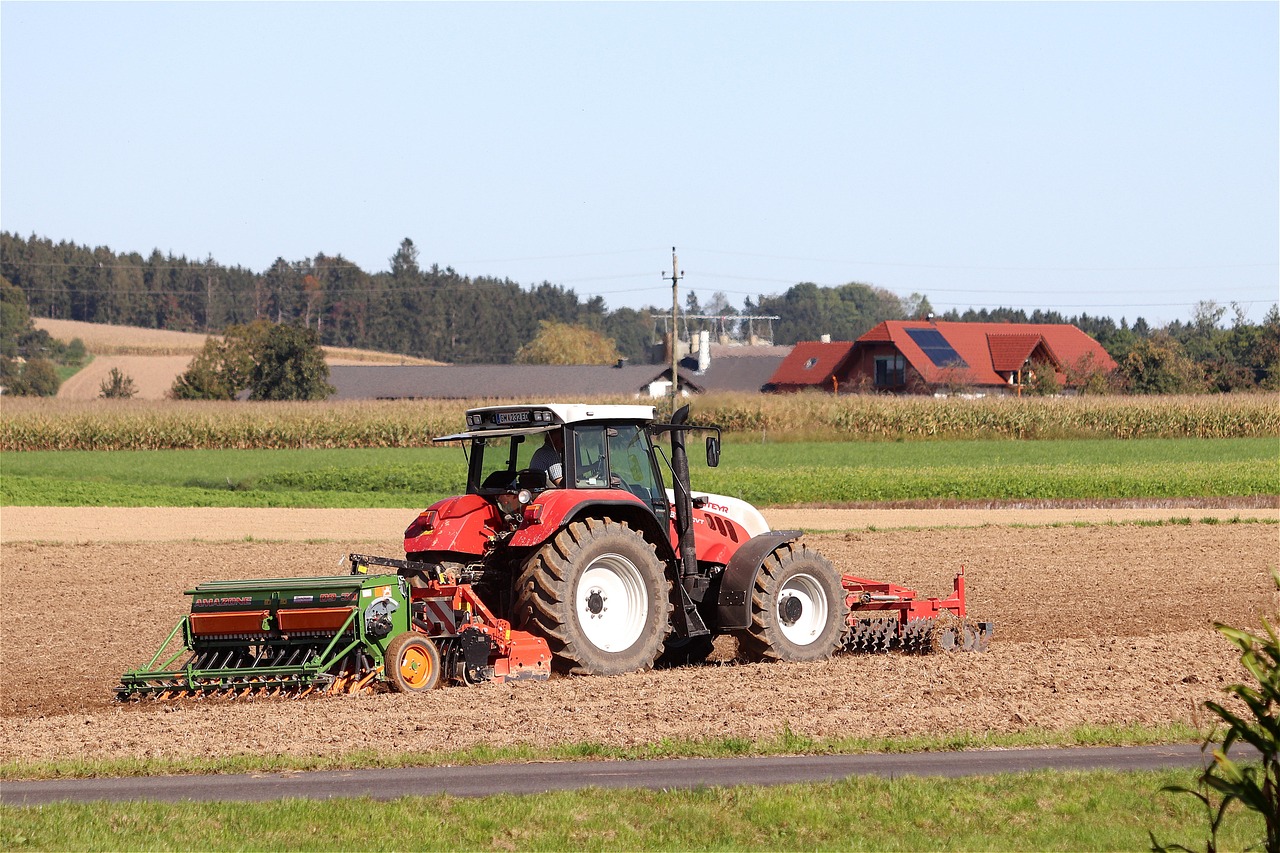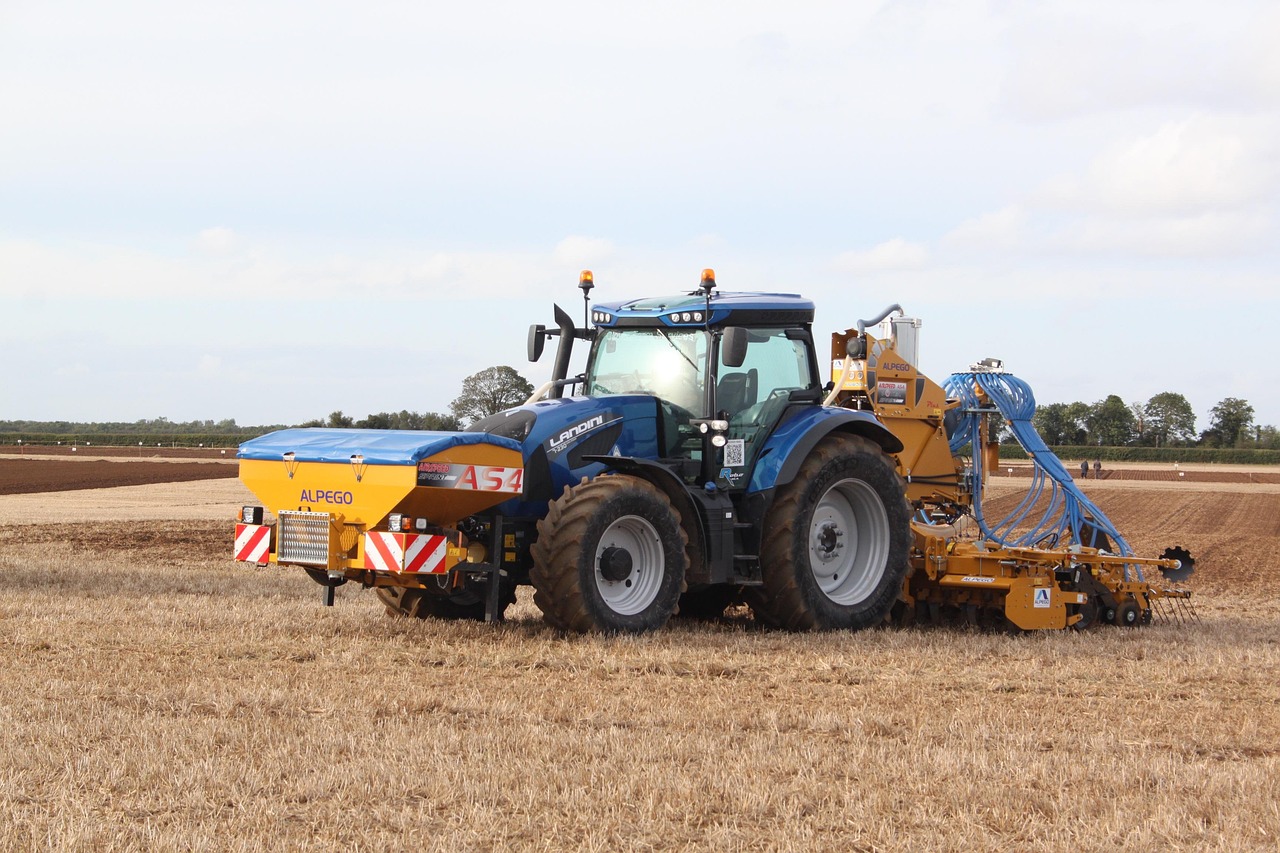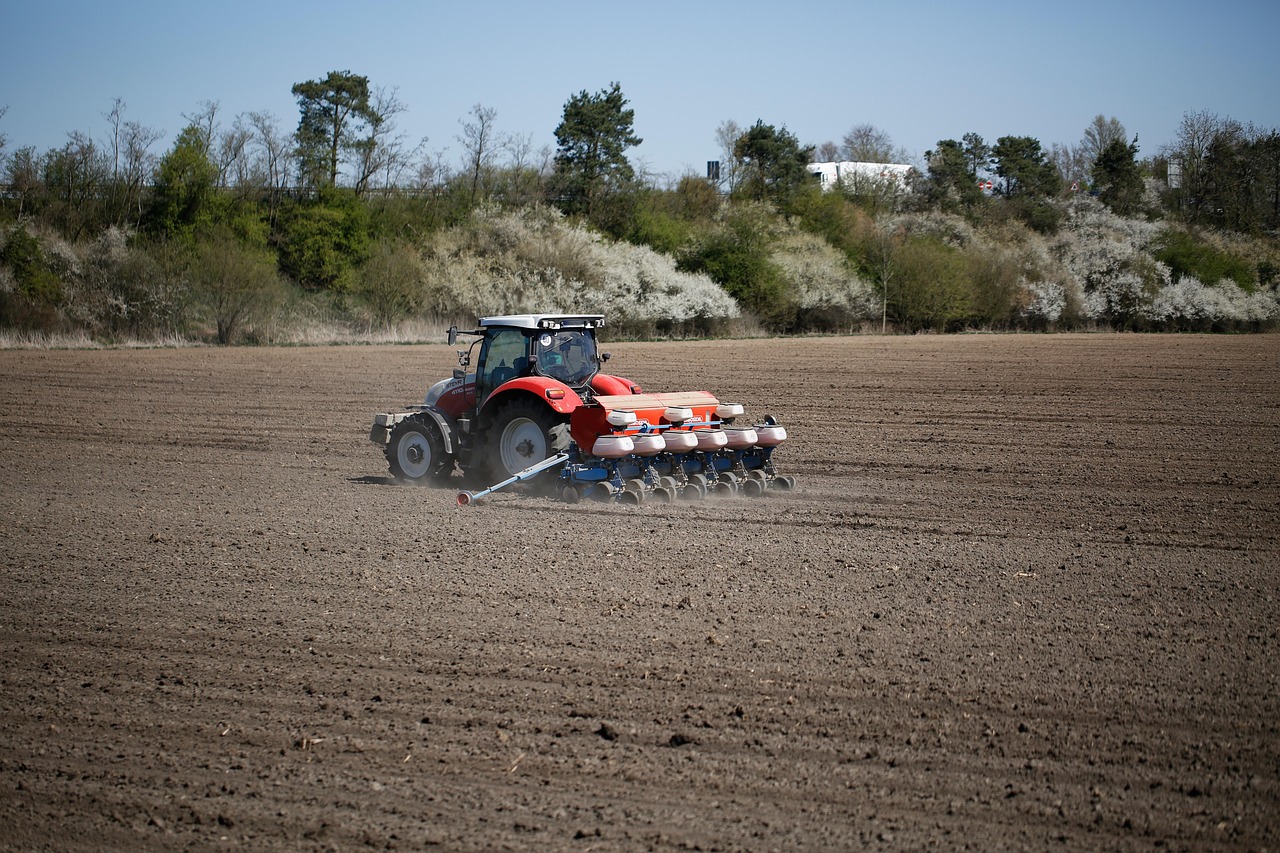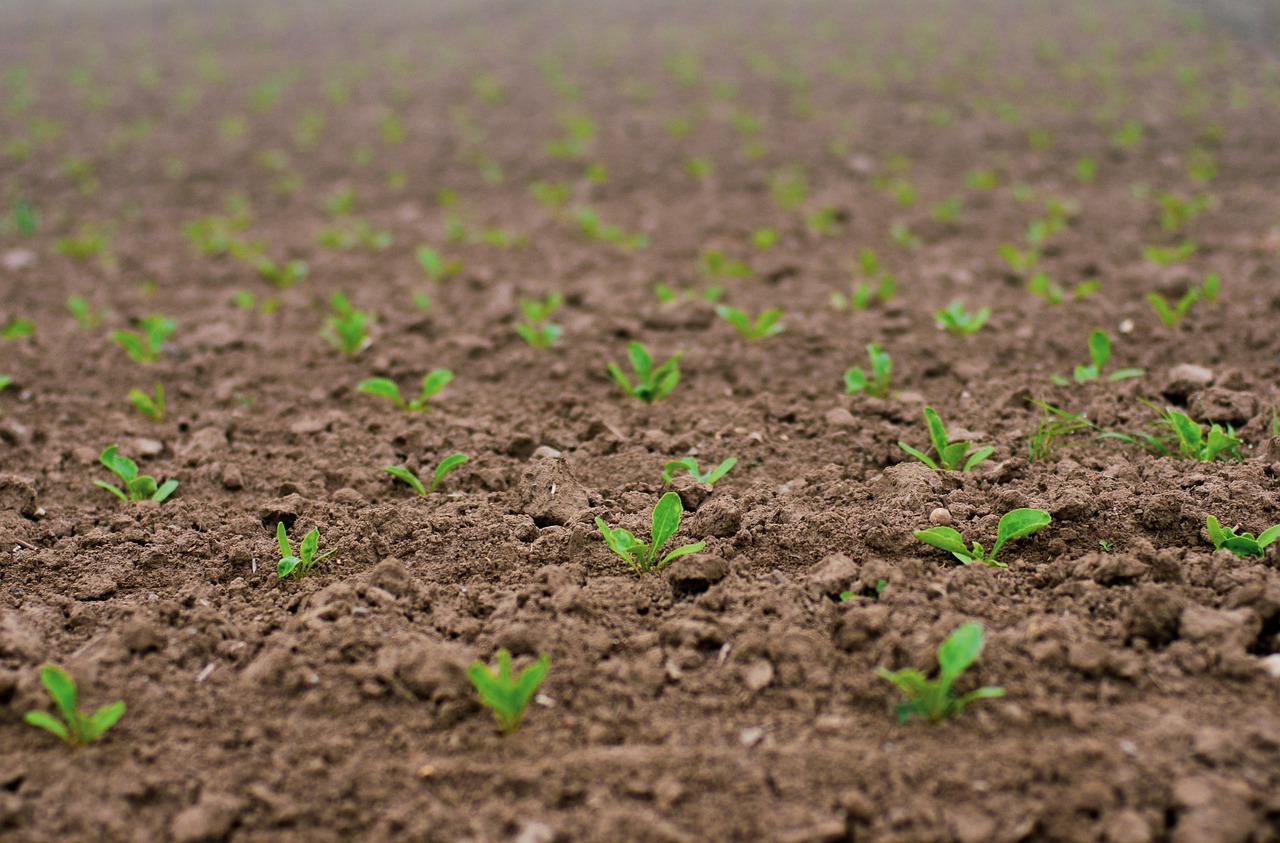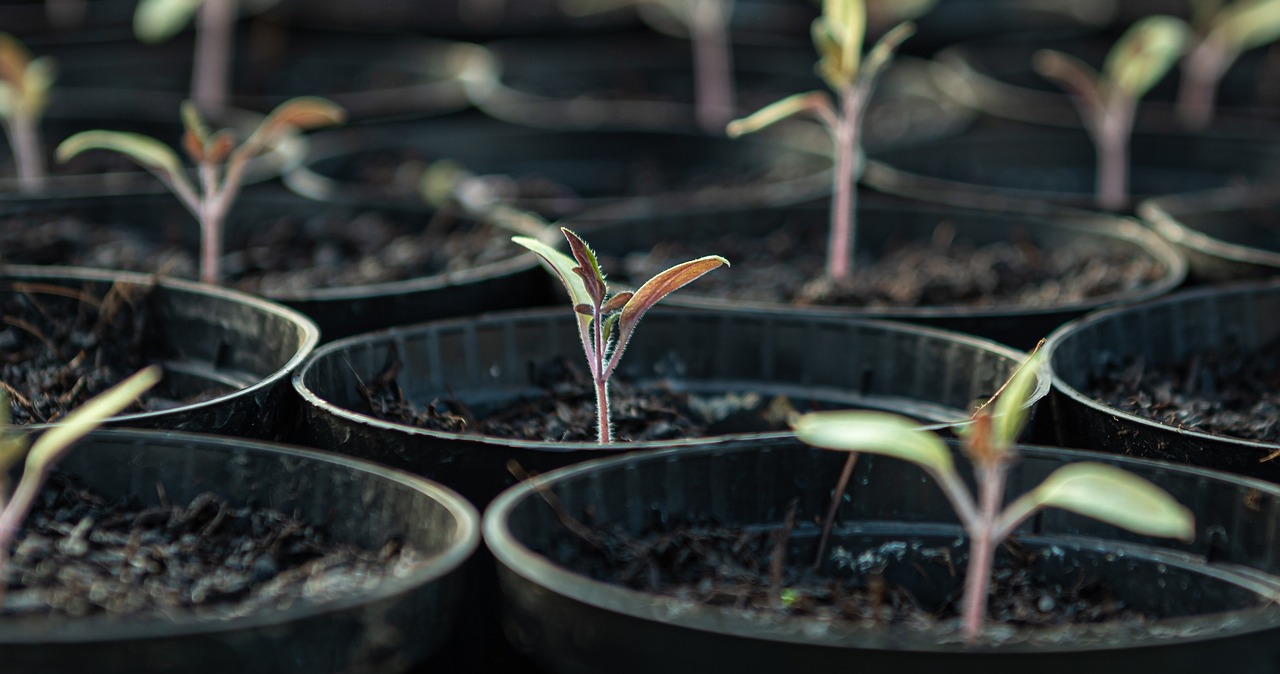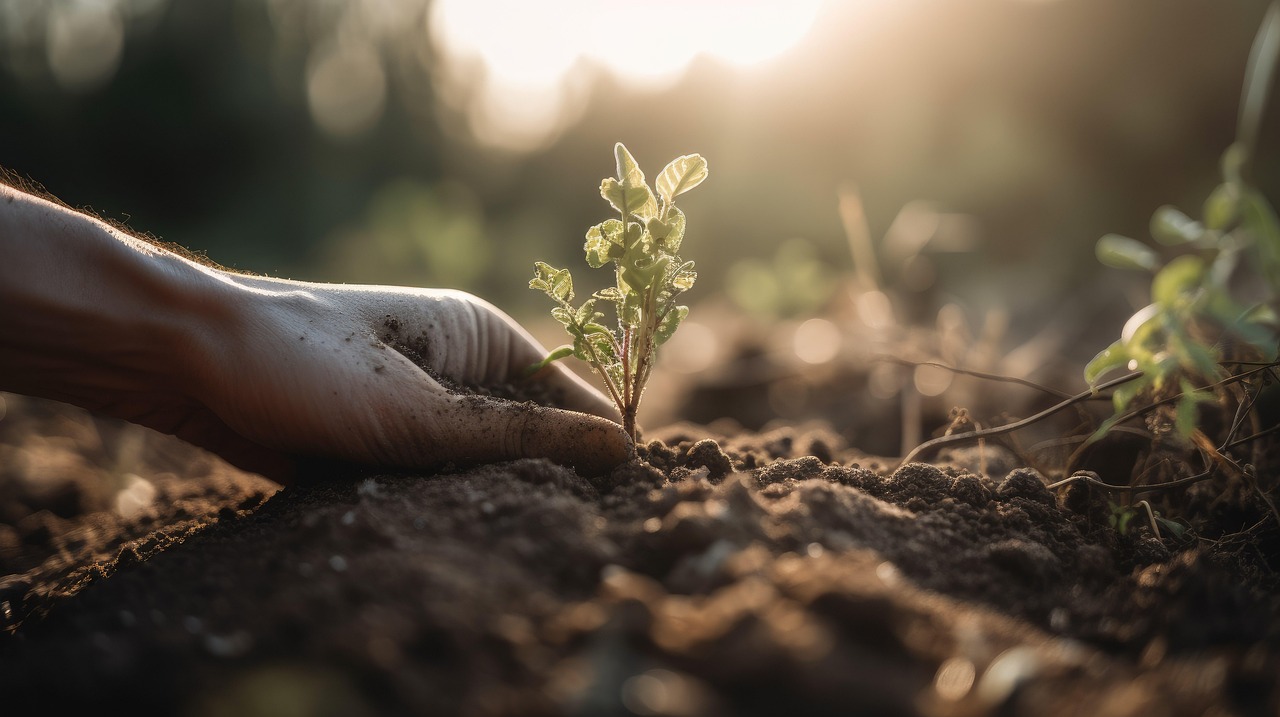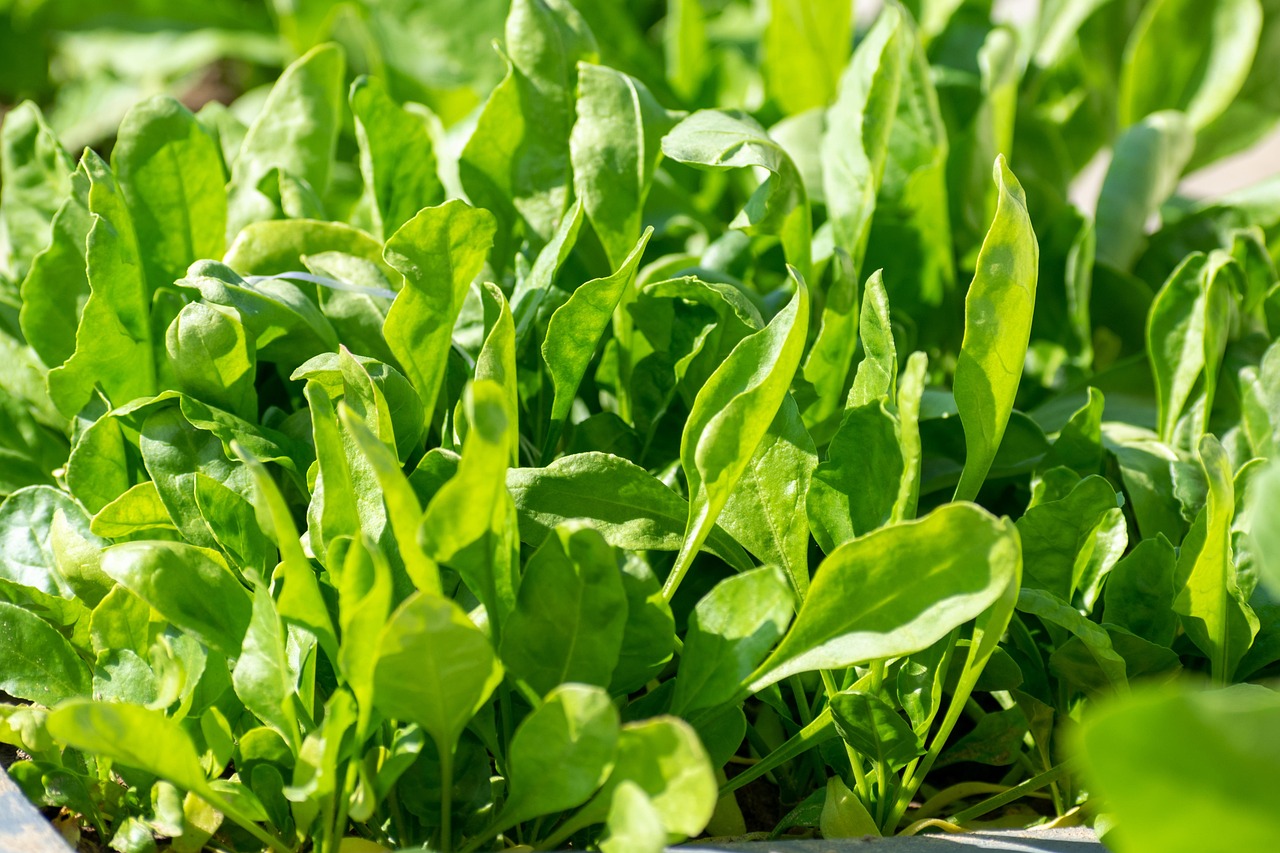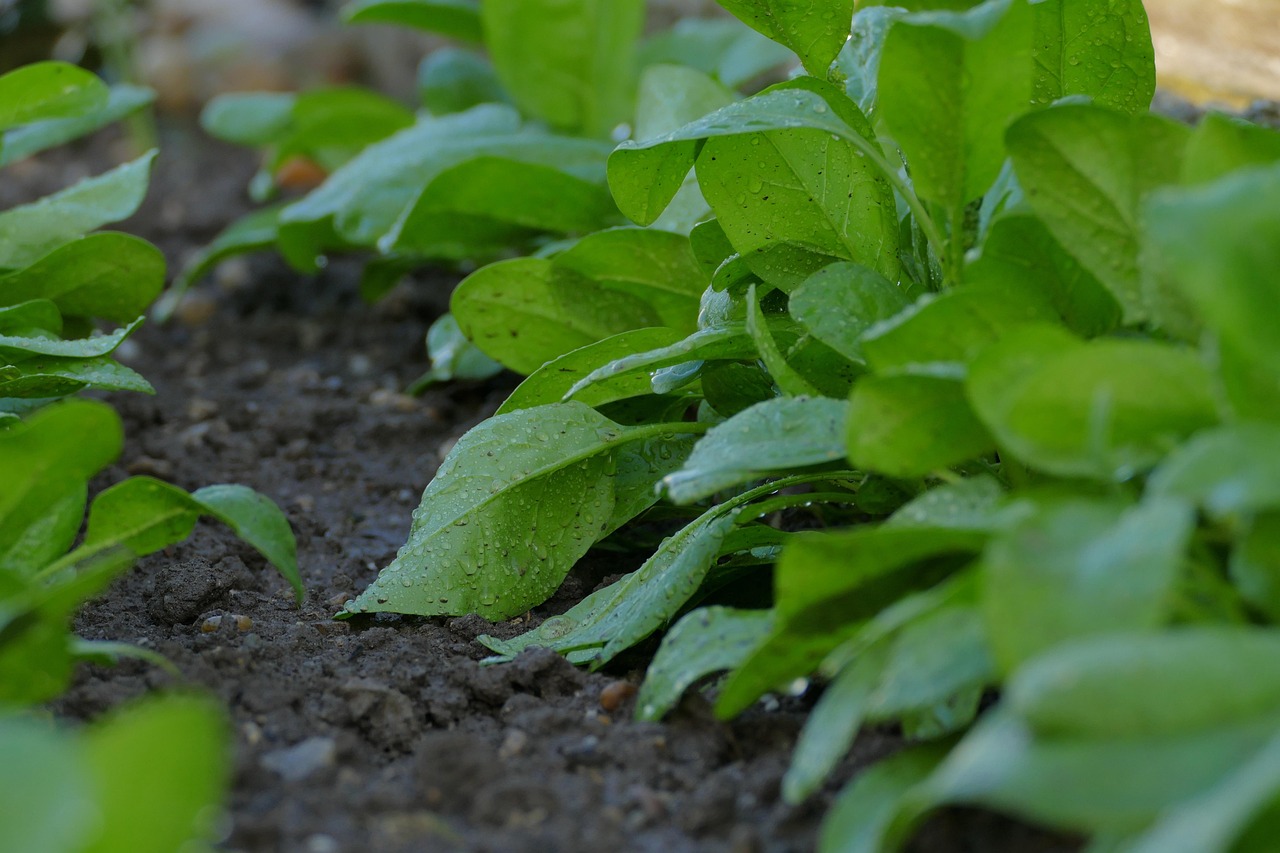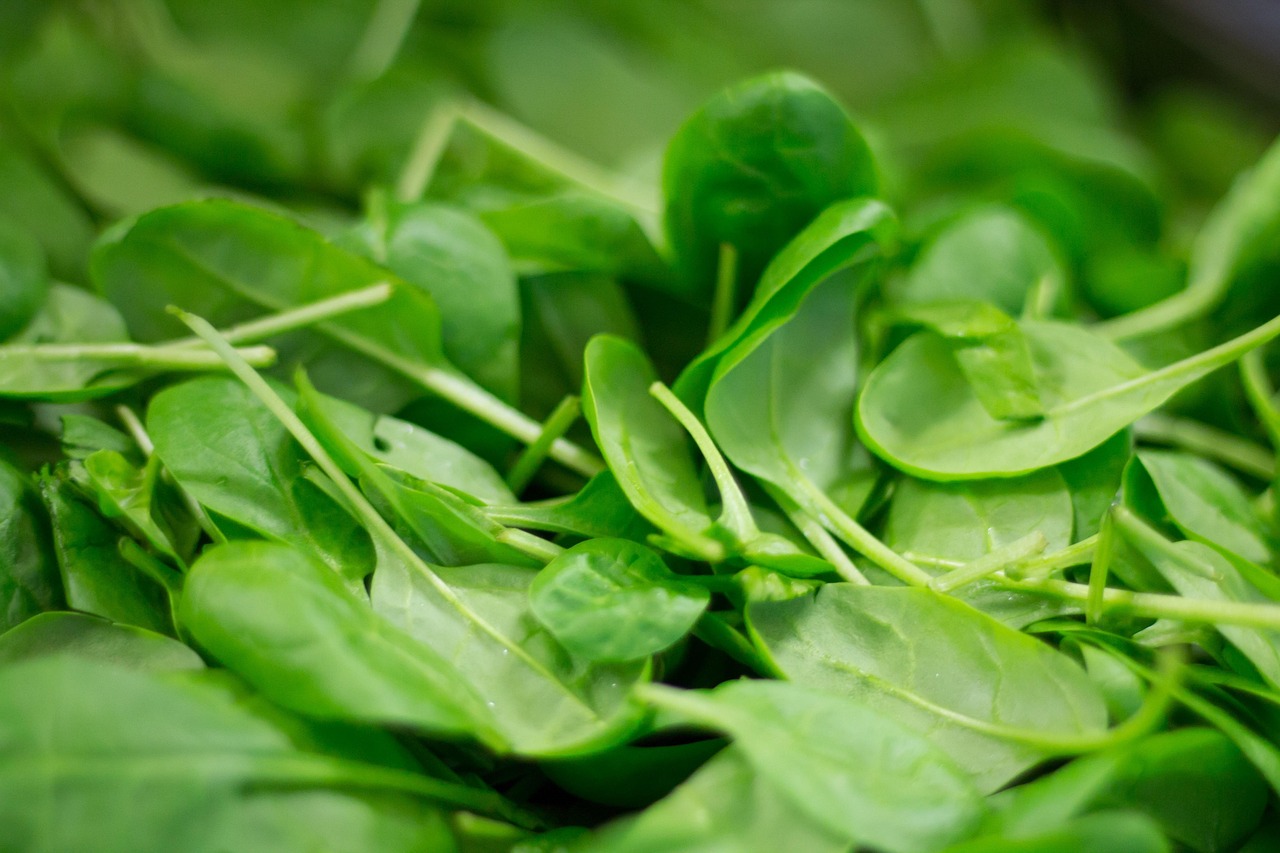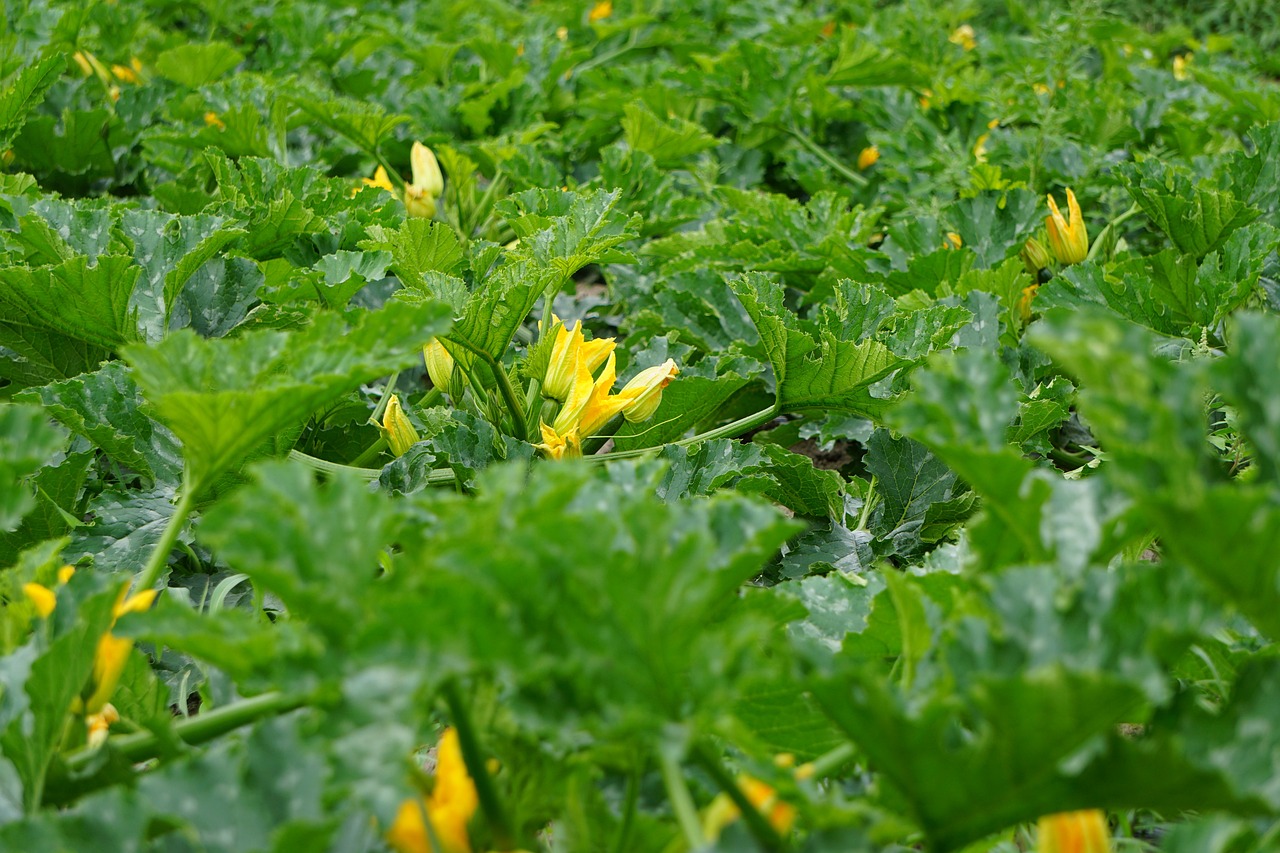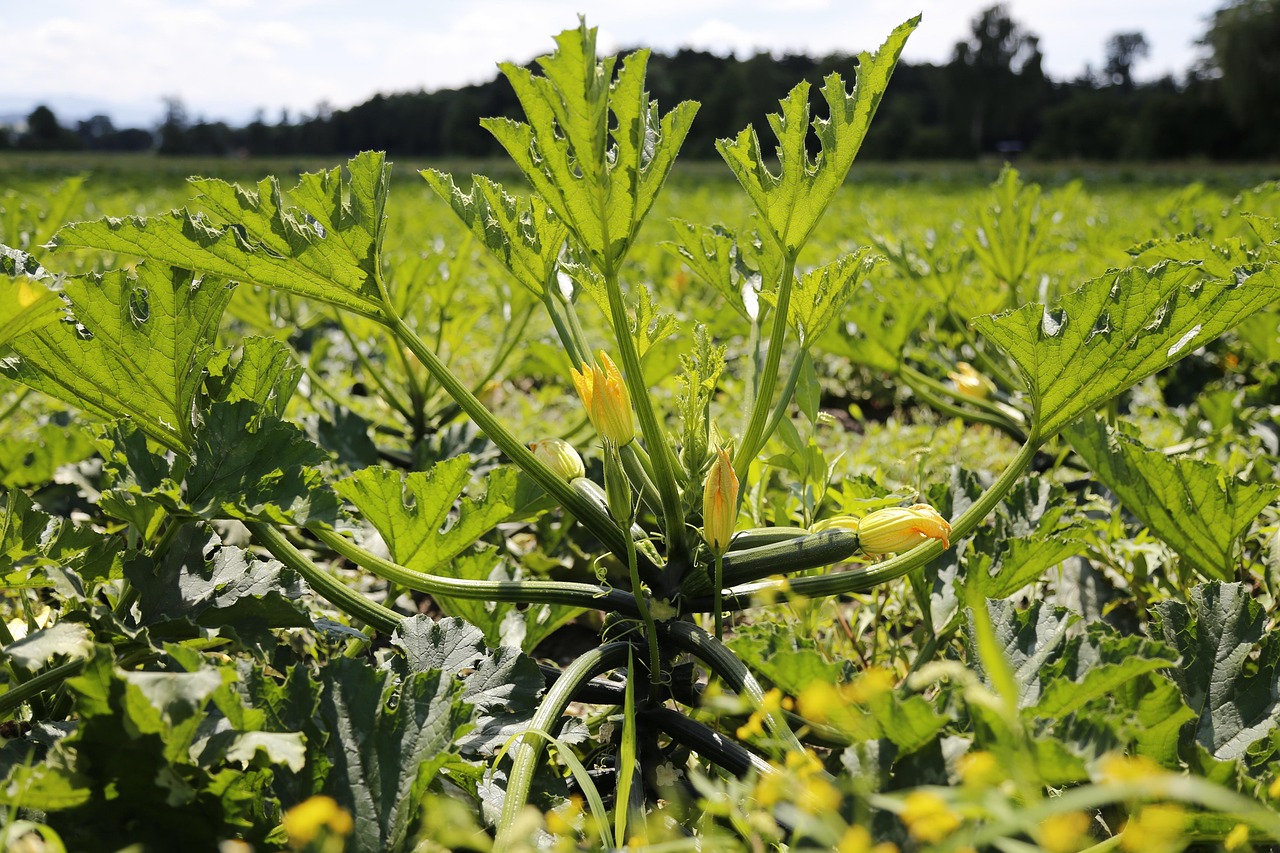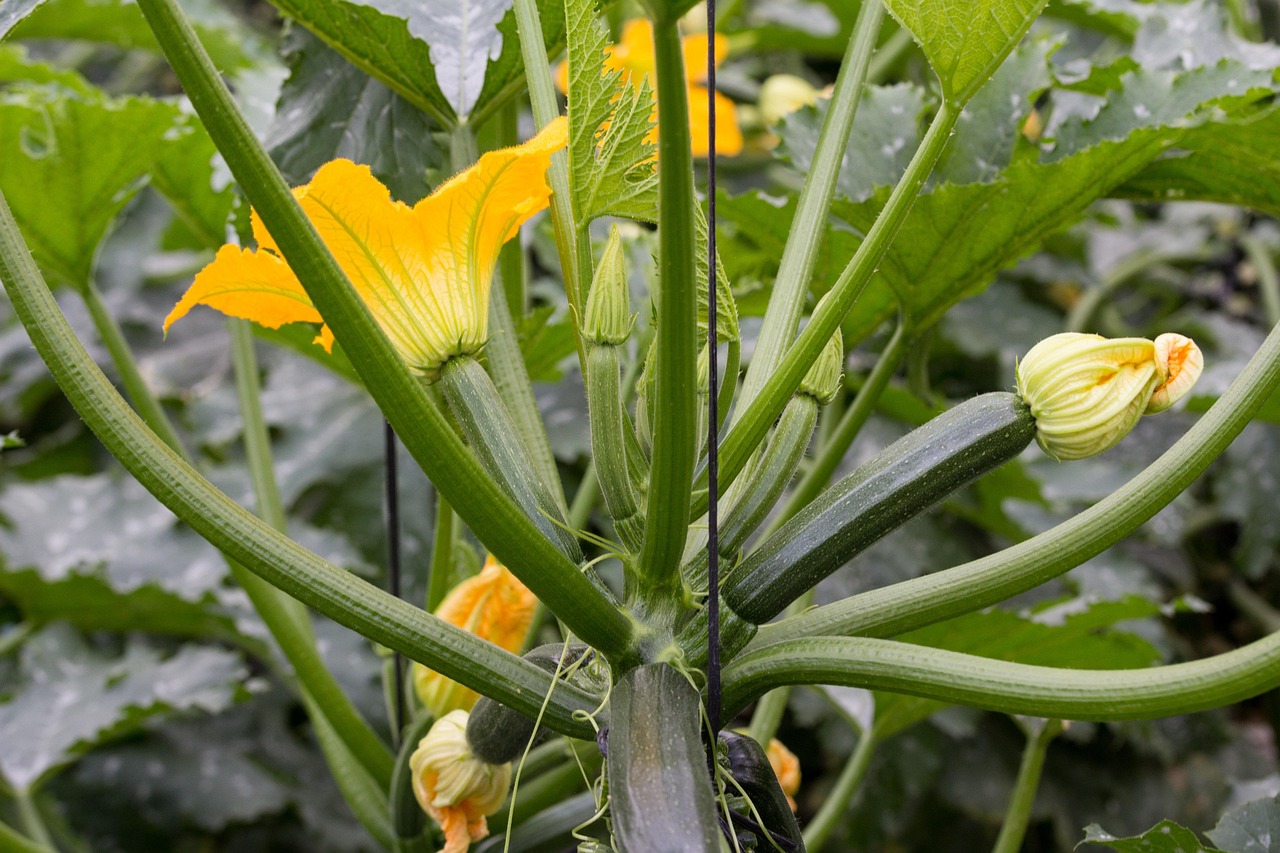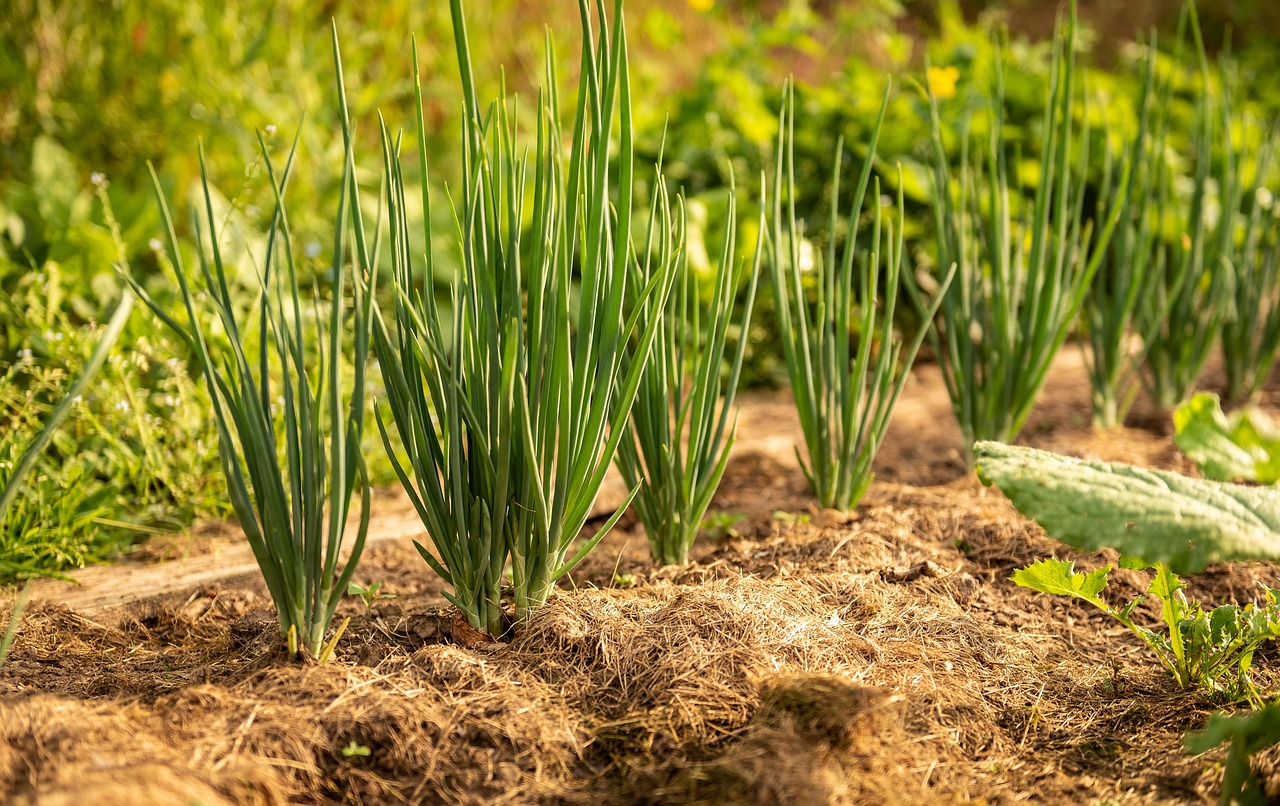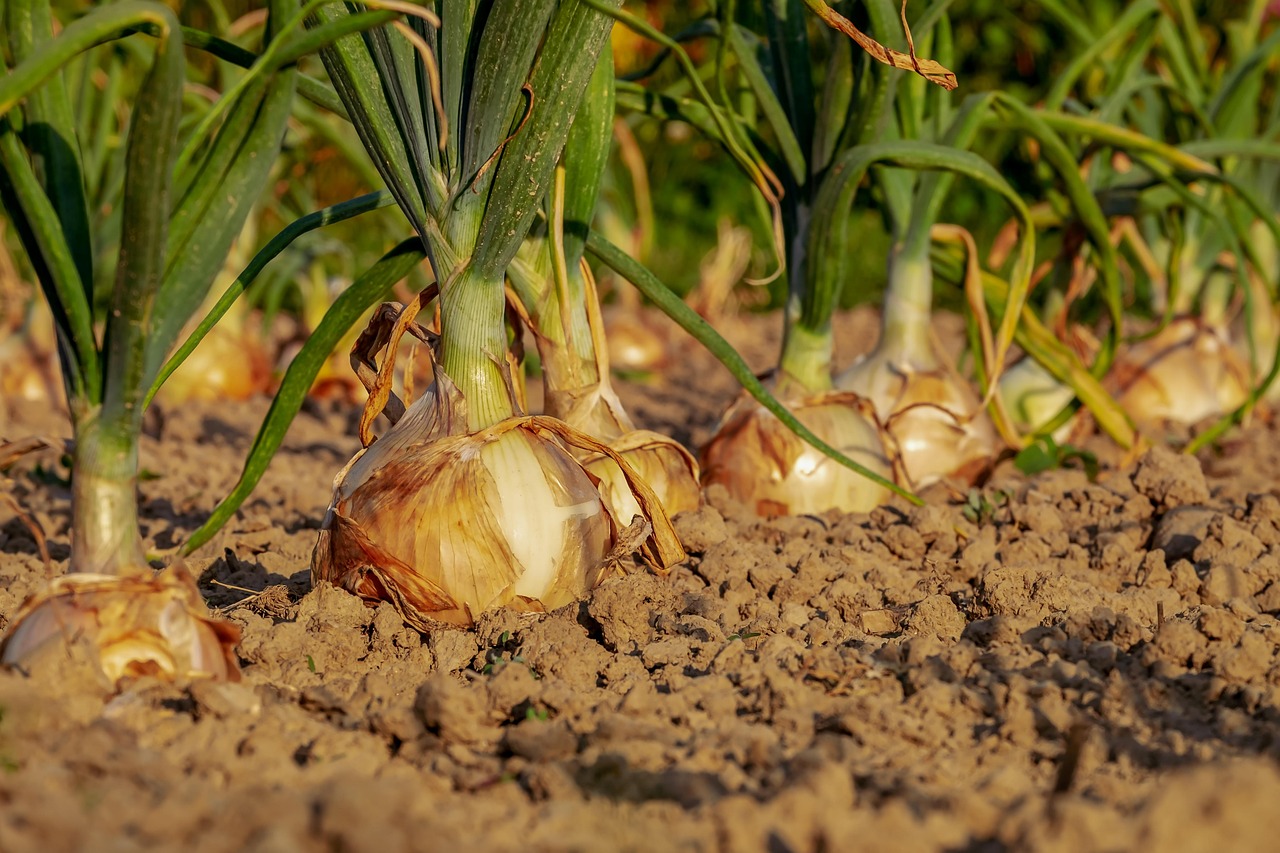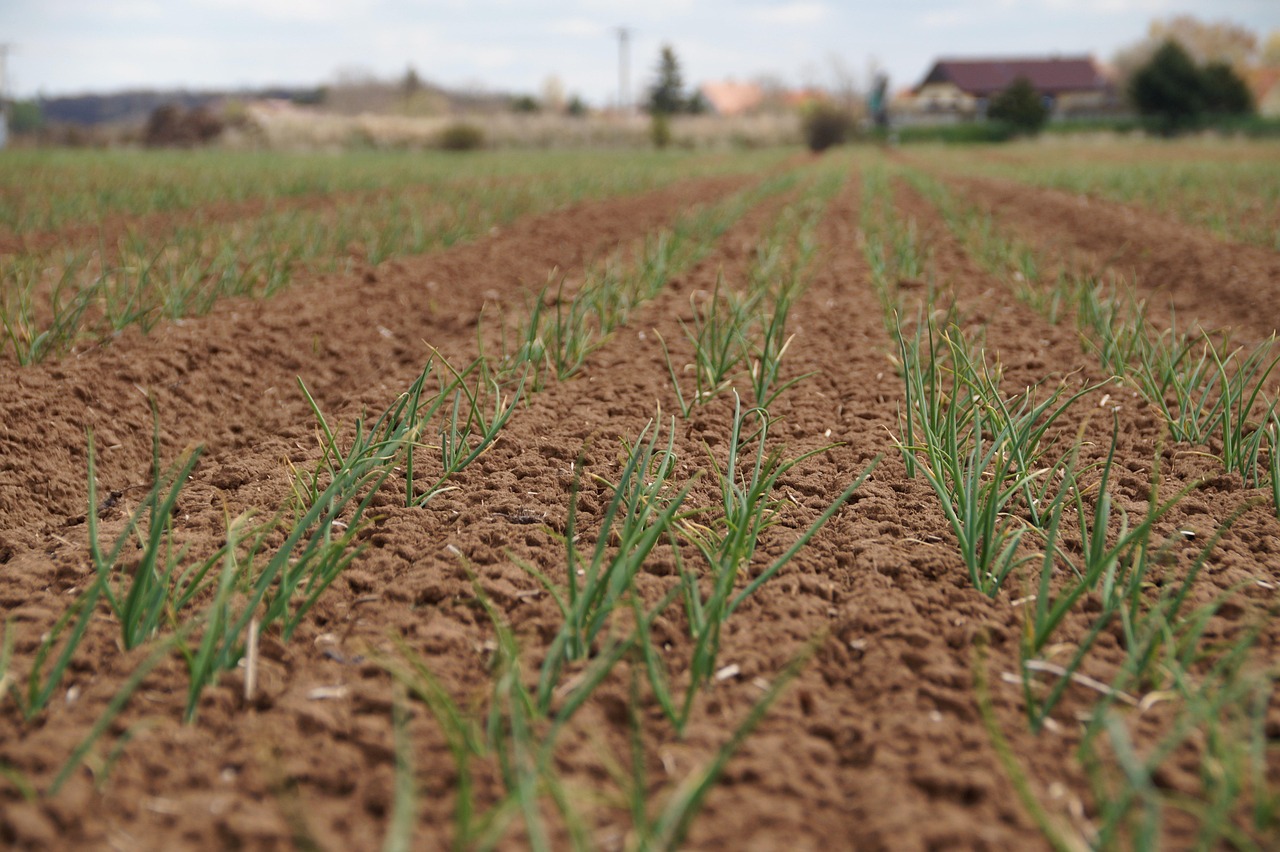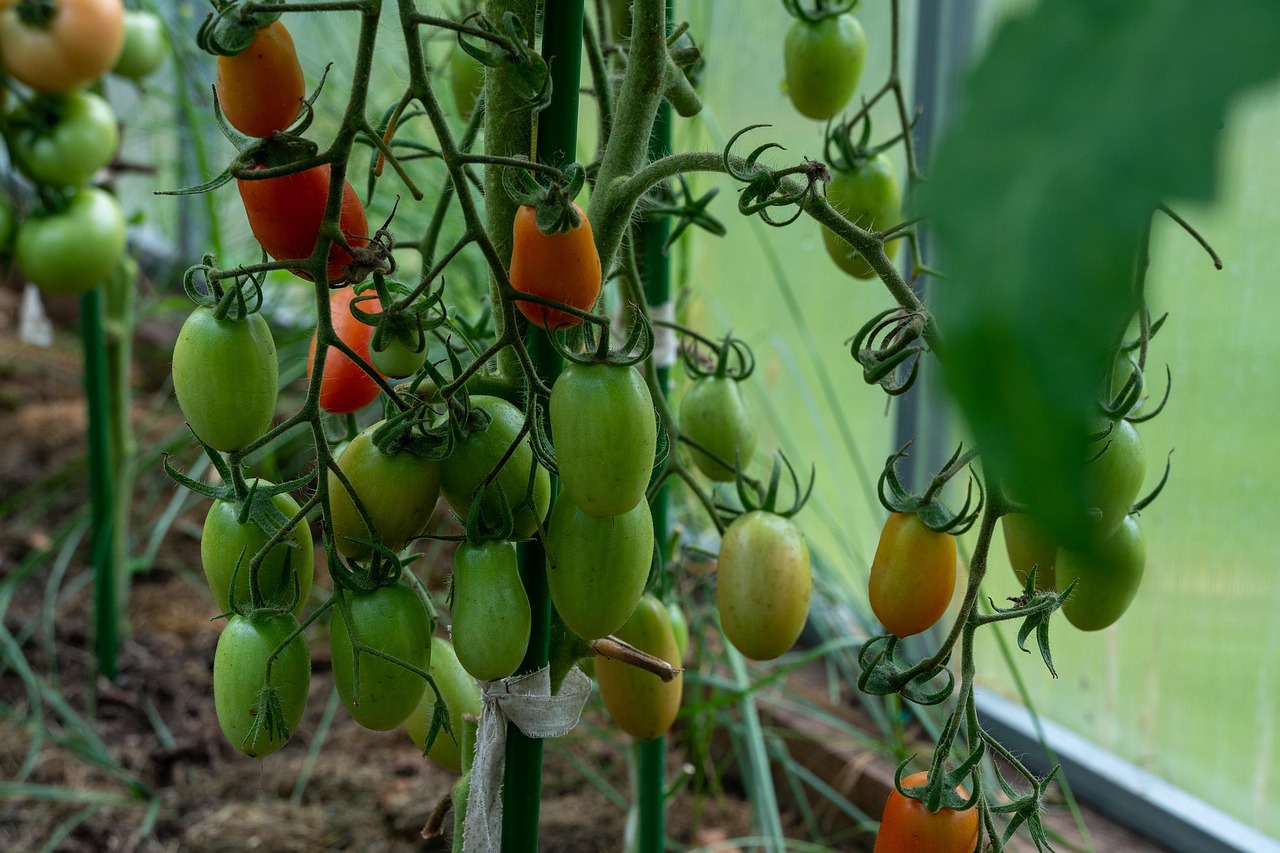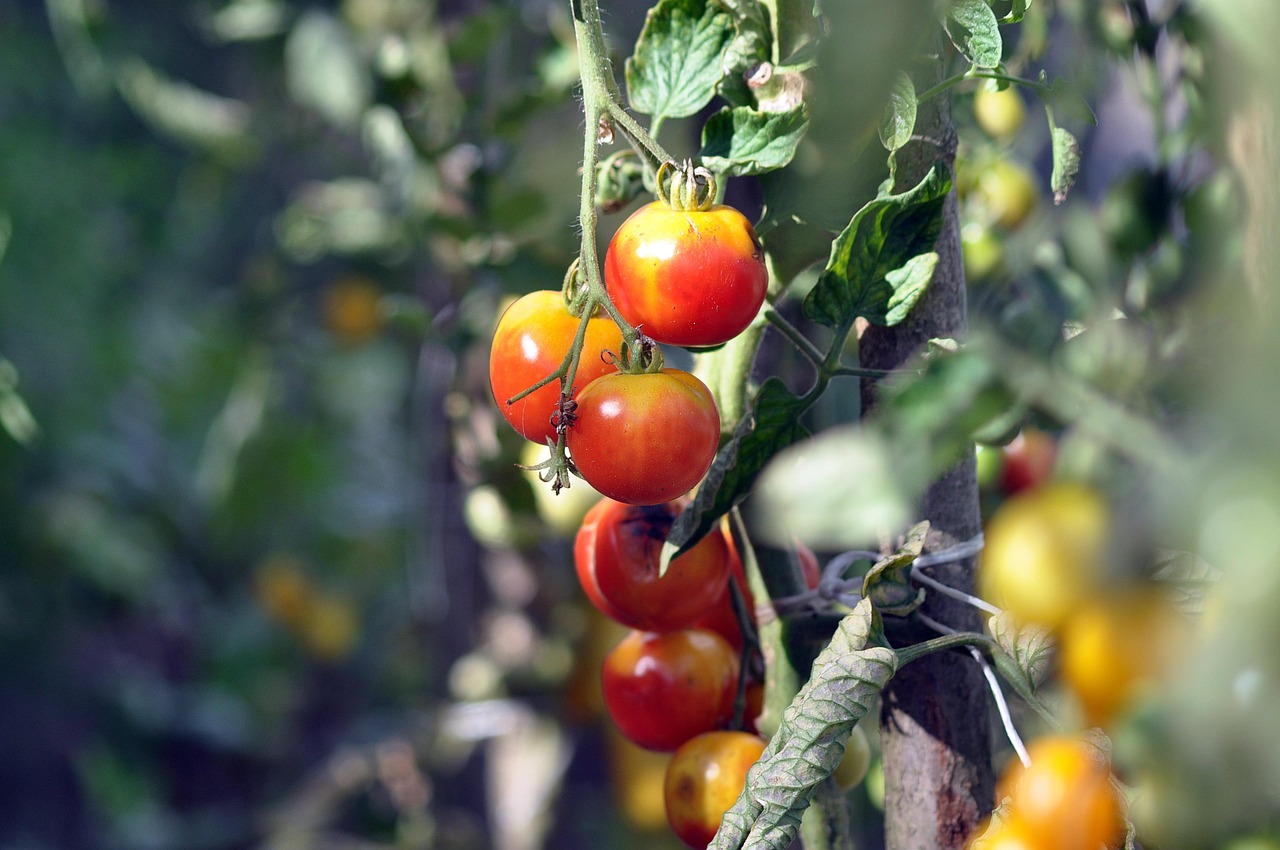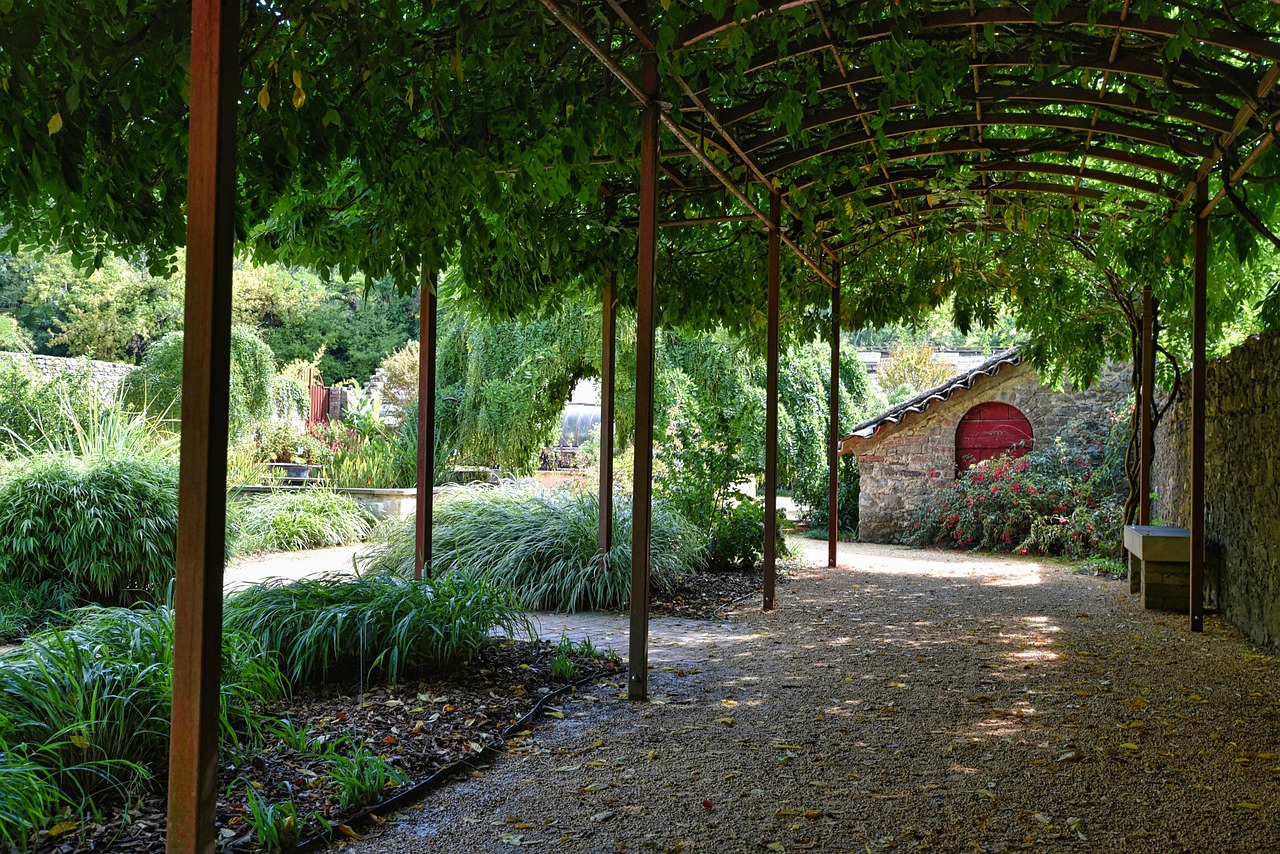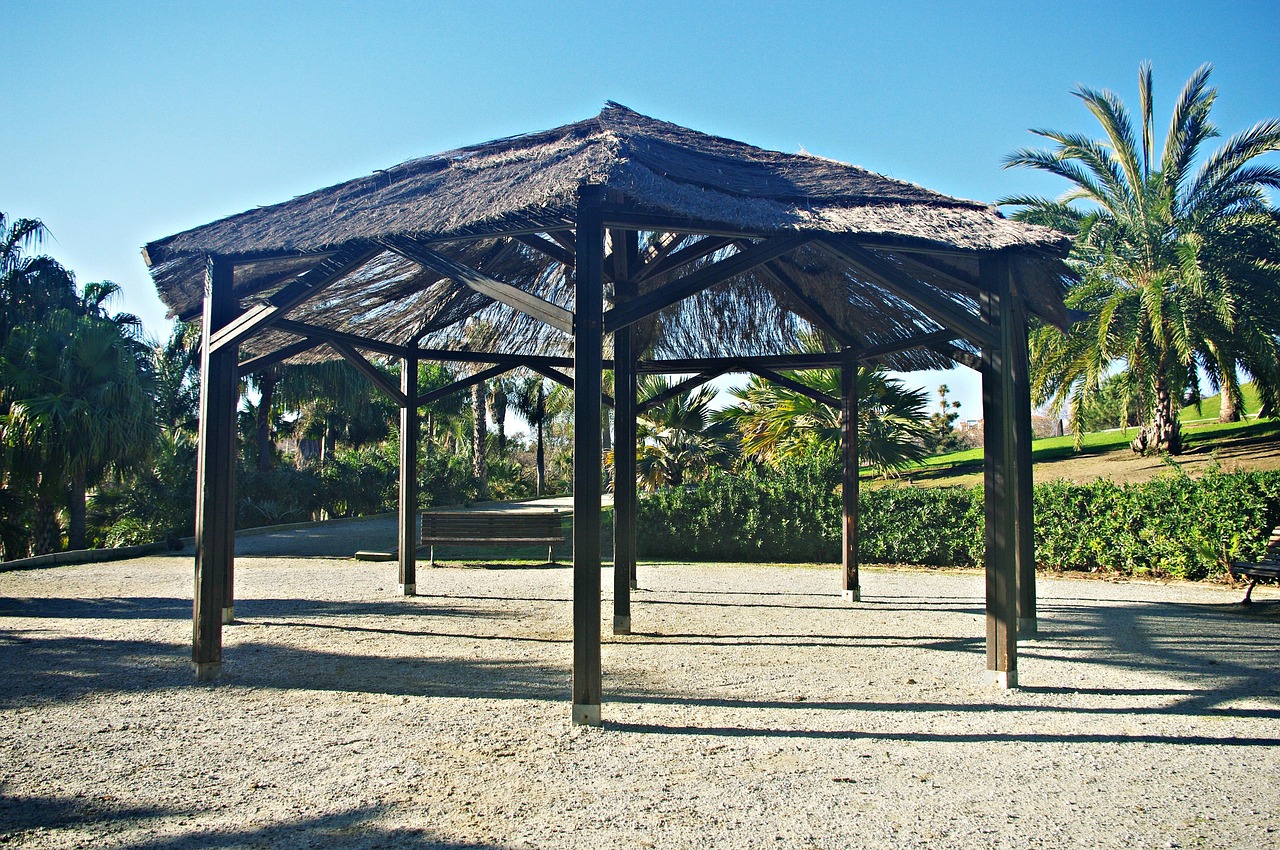Parable of Sowing Seeds
The parable of sowing seeds—a timeless teaching from Jesus—is more than just a religious story. It’s a powerful metaphor for how truth is received, how growth happens in both the spiritual and natural world, and how every moment offers the opportunity to plant something meaningful. Whether you’re cultivating a garden or nurturing a relationship with God, the principles in this parable apply deeply and practically.
This guide offers an in-depth exploration of the parable, its biblical meaning, and its real-life applications. We’ll also connect it to organic gardening, offering reflections that blend faith, nature, and personal growth for a USA-based audience.
The Biblical Foundation: What Is the Parable of Sowing Seeds?
The parable of the sower appears in three Gospels: Matthew 13, Mark 4, and Luke 8. In this parable, Jesus compares the Word of God to seeds being sown on various types of ground.
Jesus Tells the Parable of Sowing Seeds
A farmer goes out to sow seed. As he scatters it, some falls on:
- The path, where birds eat it up.
- Rocky ground, where it springs up quickly but withers.
- Among thorns, where it is choked.
- Good soil, where it produces an abundant harvest.
The Four Soils Represent Four Responses
- The path symbolizes those who hear the message but don’t understand it. It gets snatched away quickly.
- The rocky soil shows people who receive the message with joy, but fall away when trouble arises.
- The thorny soil reflects those who grow for a time but are overcome by worries, riches, or busyness.
- The good soil represents those who hear the Word, understand it, and produce a fruitful life.
This parable is about much more than farming—it’s about spiritual readiness and transformation.
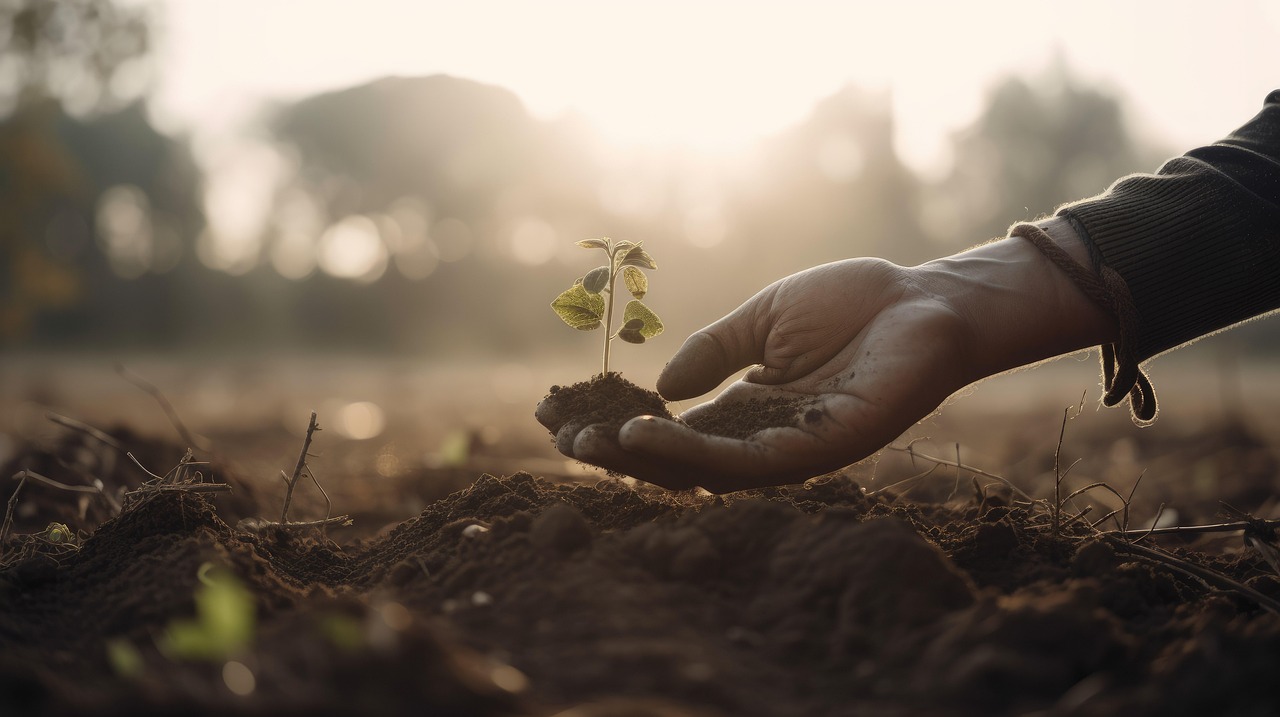
The Parable of Sowing Seeds Meaning: Sowing and Reaping in the Bible
God’s Word Is the Seed
Throughout scripture, God’s Word is likened to a seed. It contains life, power, and potential. But just like any real seed, it needs proper conditions to grow. The condition of our hearts—our attitudes, priorities, and openness—determine whether the Word thrives or withers.
You Reap What You Sow
This concept isn’t just found in Jesus’ parables.
- Galatians 6:7 – “Do not be deceived: God is not mocked, for whatever one sows, that will he also reap.”
- Job 4:8 – “Those who plow iniquity and sow trouble reap the same.”
- Proverbs 22:8 – “Whoever sows injustice will reap calamity.”
The takeaway is simple: good seeds yield good fruit—in both gardens and spiritual lives.
Lessons from the Sower
Jesus wasn’t just teaching about crops—He was calling people to examine their own hearts. The soil represents our readiness to receive and live by truth. This parable asks each of us:
- Am I hard-hearted like the path?
- Shallow like rocky soil?
- Distracted like thorny ground?
- Or fertile and fruitful like good soil?
Organic Gardening as a Spiritual Metaphor
Preparing the Soil
This includes:
- Removing rocks
- Pulling weeds
- Adding compost
- Moistening dry soil
Similarly, preparing the spiritual soil of your heart requires:
- Repentance
- Prayer
- Forgiveness
- Letting go of pride or bitterness
The gardener’s role in the natural world mirrors God’s work in us—and the work we must do in ourselves.
Watering, Weeding, and Watching Over Growth
Once a seed is planted, it needs constant care.
- Prayer is spiritual watering
- Bible study feeds the roots
- Community keeps the weeds away
Faith Like a Mustard Parable of Sowing Seeds: Small Acts, Big Impact
Mustard Seed Faith
In Matthew 17:20, Jesus says that if you have faith as small as a mustard seed, you can move mountains. The message? Don’t underestimate the power of starting small. Even a small seed, when placed in good soil, can grow into something massive.
This truth applies to:
- Prayer
- Forgiveness
- Starting a garden
- Beginning a new habit
- Teaching a child truth
Daily Choices as Seeds
Every action—kind or cruel, generous or selfish—is a seed. Our lives are gardens constantly being planted with what we say, do, and think.
Plant seeds of:
- Encouragement instead of criticism
- Generosity instead of greed
- Patience instead of frustration
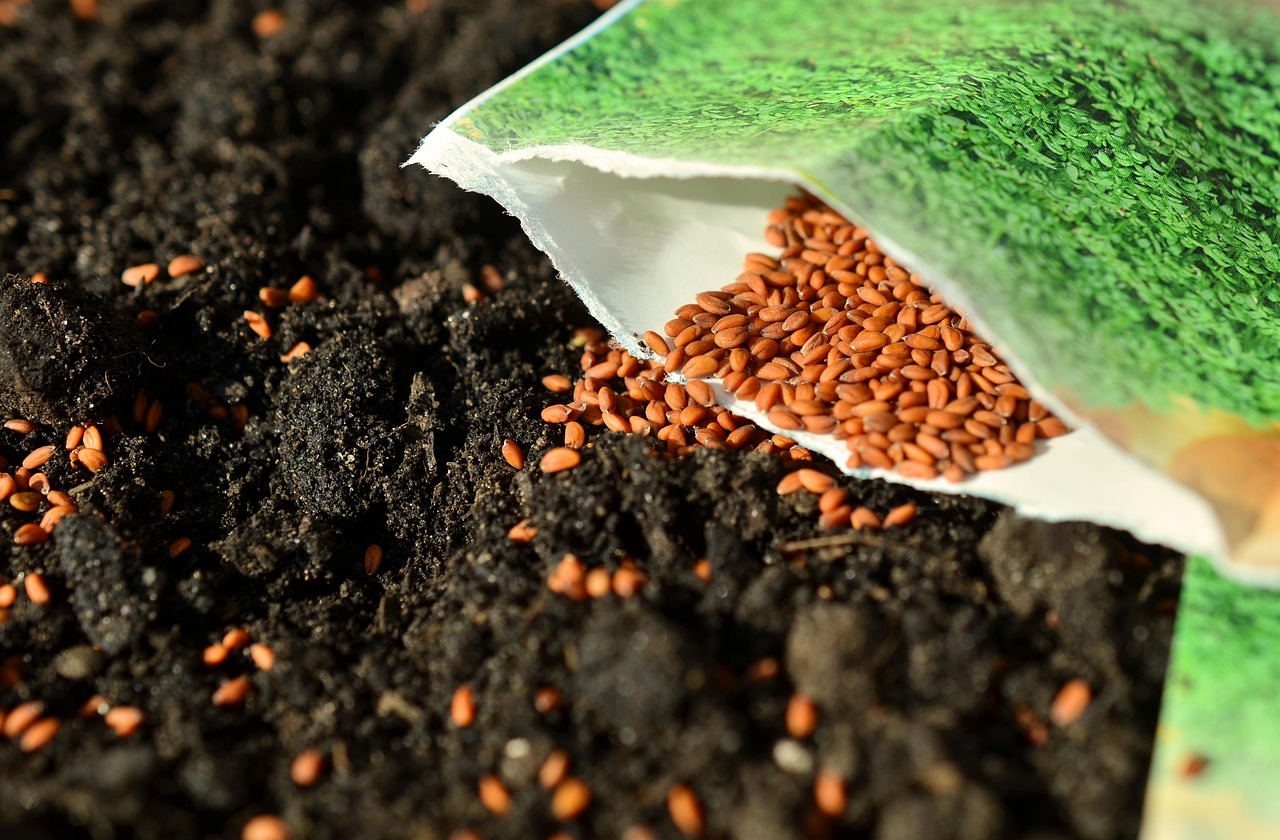
Teaching the Parable of Sowing Seeds to Children and Families
Use Hands-On Gardening to Teach the Parable of Sowing Seeds
Planting seeds with children brings the lesson to life. Let them:
- Feel the soil
- Water a seed
- Watch it sprout
- Compare growth in different conditions
Tie it back to spiritual lessons: what helps us grow, what hinders us, and what harvest we should expect.
Story Time and Scripture
Read the parable aloud from a children’s Bible, then ask:
- What kind of heart do you want to have?
- How do you keep weeds (bad influences) out?
- What does “fruit” look like in our lives?
Parable of Sowing Seeds of Faith in the Modern World
Digital Planting: Social Media and Beyond
Every word you post is a seed. In a digital world full of negativity, you can:
- Share verses or reflections
- Encourage someone going through hardship
- Post garden photos with spiritual captions
- Write blogs like this one to teach others
Your online footprint is a planting field. Use it wisely.
Sowing at Work, School, and in Community
- Be patient with co-workers
- Lead with kindness and humility
- Help someone in need without expecting praise
- Invite someone to church or a gardening club
Faith isn’t just about words. It’s how you show up in the everyday world that makes the biggest impact.
Spiritual Gardening for Organic Growers
Parable of Sowing Seeds of Health and Hope
Many organic gardeners in the USA are discovering how gardening connects them to something bigger. Whether you’re in Illinois, Texas, California, or Vermont, planting food reminds us of:
- God’s provision
- The power of seasons
- The value of nurturing life
Your garden is not just a plot—it’s a living parable.
Devotional Gardens: Tending the Fruits of the Spirit
Why not design your garden around Galatians 5:22–23?
- Love – roses or red zinnias
- Joy – bright sunflowers
- Peace – lavender or chamomile
- Patience – slow-growing herbs
- Kindness – give your veggies to a neighbor
- Faithfulness – tend your garden daily
- Gentleness – avoid harsh chemicals
- Self-control – weed consistently
Evaluating Your Heart: What Kind of Soil Are You?
Personal Reflection
Ask yourself:
- Am I distracted?
- Am I shallow in my commitment to faith?
- Am I growing in wisdom, kindness, and truth?
Just like gardeners test their soil, believers must check their hearts regularly.
Be the Good Soil
You don’t become good soil by accident. You become it by:
- Showing up daily in prayer
- Creating time for God
- Seeking understanding
- Practicing gratitude
- Removing sin like you’d remove rocks
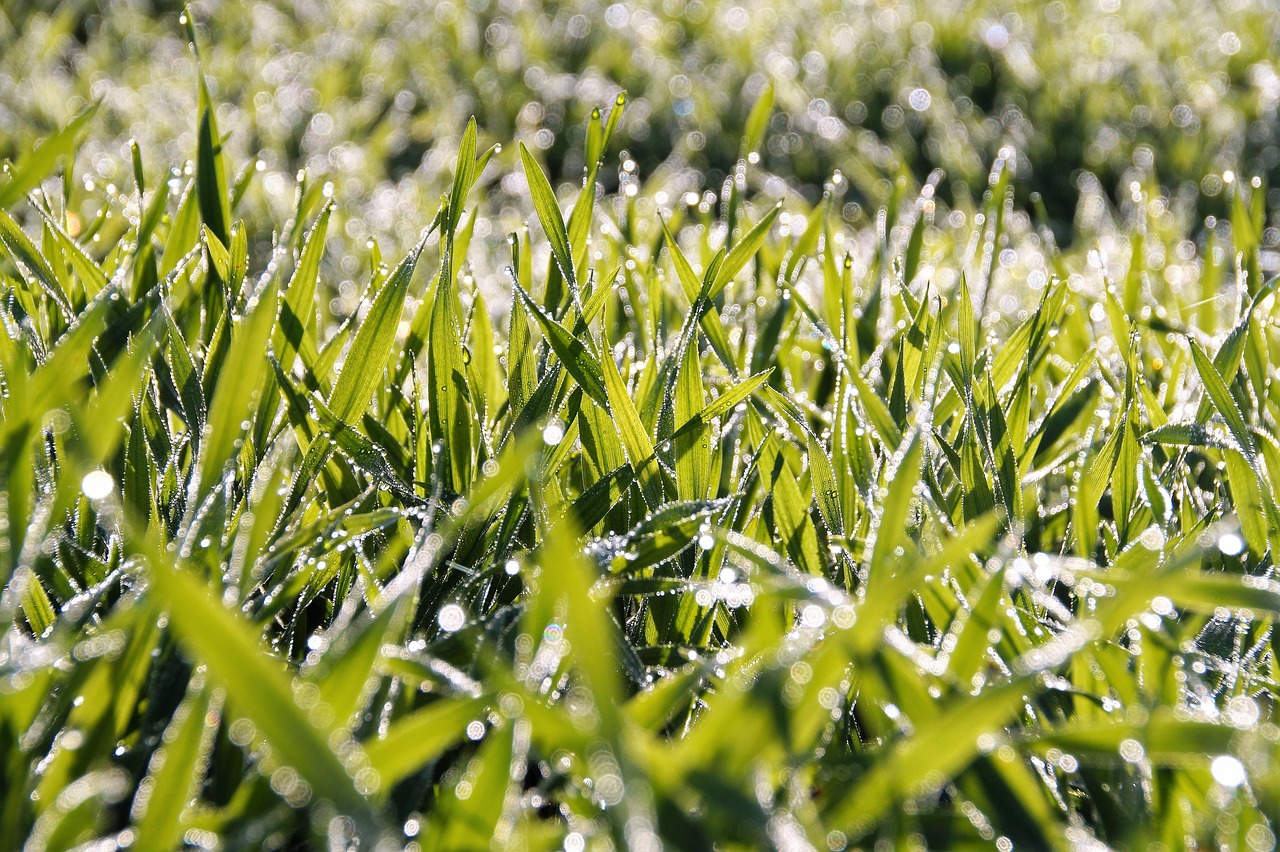
Frequently Asked Questions:
What is the main lesson of the parable of sowing seeds?
The main lesson is that the condition of our hearts determines how well we receive and grow from God’s Word.
How does the parable relate to real-life gardening?
Just like seeds need good soil, water, and care to grow, our lives need spiritual nourishment and discipline to thrive.
Why did Jesus teach in parables like this?
Jesus used parables to reveal deep truths in simple stories, making spiritual lessons relatable and memorable.
Final Thoughts: Parable of Sowing Seeds
Whether you’re planting real seeds in your organic garden or sharing encouragement with a neighbor, you are making an eternal difference.
The parable of sowing seeds reminds us:
- Every seed counts.
- Growth takes time.
- The right soil changes everything.



